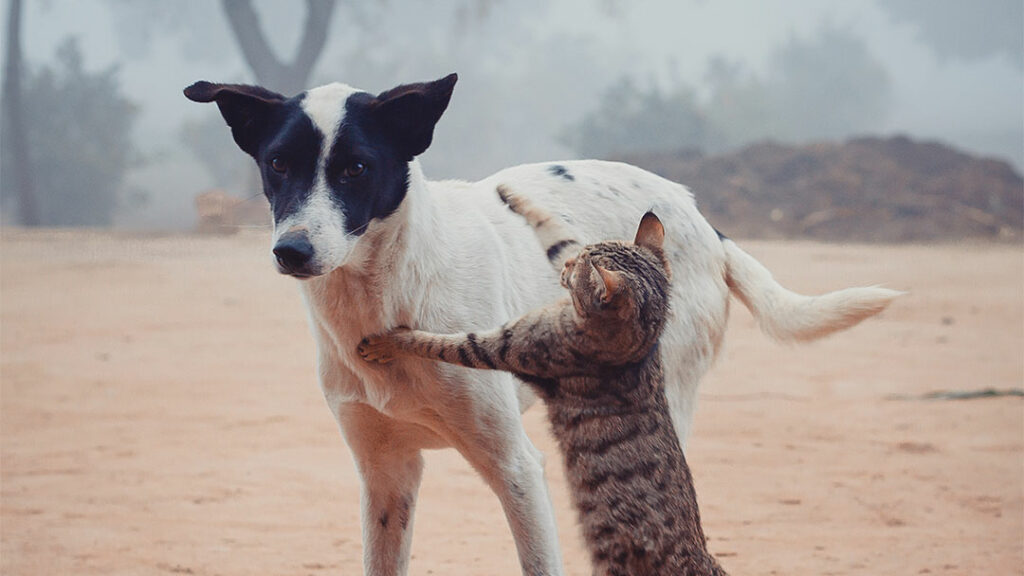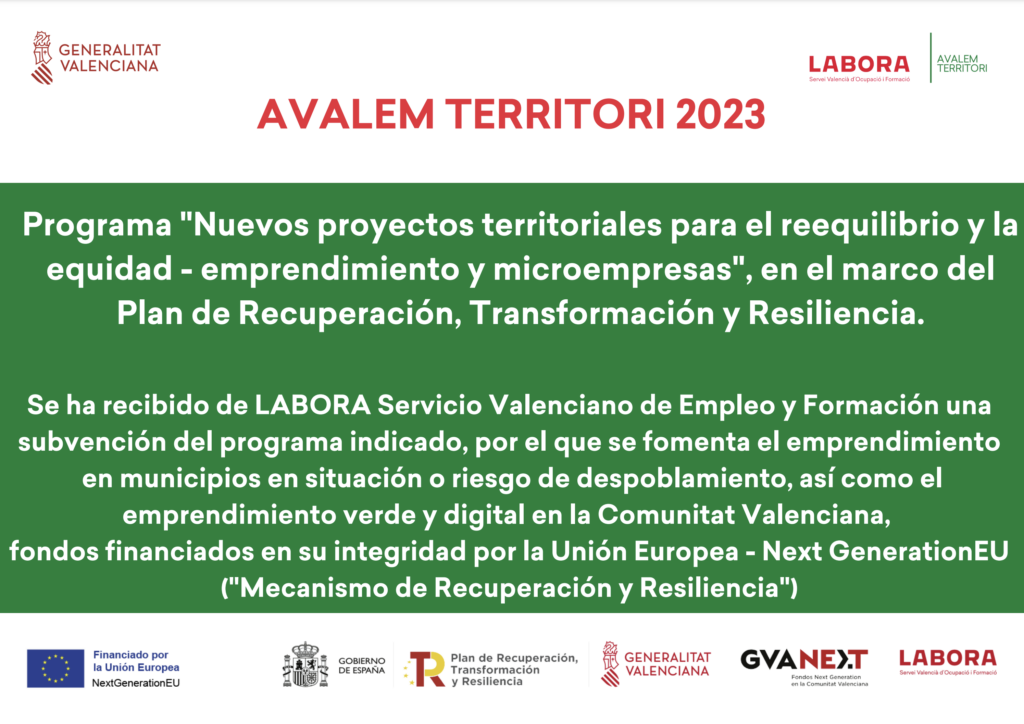The domestic cat world is home to many interesting breeds that each have their special qualities, characteristics, and sizes. One of them seems to interest many of us cat lovers the most: what kind of cat is the biggest house cat ever? The dream of a giant kitty stalking around your living room may seem like purely a dream, but sure enough, there are house cats so big they make small dogs look tiny when you compare the two of them side by side.
Understanding What “Biggest” Means
When people talk about the world’s biggest house cat, they’re typically referring to the largest breed of domestic cat that people actively keep as pets. This doesn’t include wild cats or hybrid ones that have wild heritage, such as the Savannah or Bengal, but some of these can also become quite large. Instead, the term typically denotes pure domestic breeds large enough to make a statement in terms of their weight and total body length.
The Maine Coon: Reigning Champion
The Maine Coon is the most popular name you would hear if you asked people to name the largest house cat in the world. A breed native to the United States, the breed is striking in appearance, has a dense coat and maintains a friendly demeanour. Male Maine Coons weigh 15 to 25 pounds and females generally weigh slightly less at 10 to 15 pounds. But people vary widely within these averages, especially as adults.
Maine Coons are long for their weight. The title of the longest domestic cat is held by Stewie, a Maine Coon who measured an amazing 48.5 inches from nose to tail, and sadly died. This weight, combined with their length, and extra-bushy coat, makes the Maine Coon stand out in any home.
Other Large House Cat Breeds
The Maine Coon is far and away the biggest, but there are a few other breeds that come close, and Maine Coon’s are not always the only cats in the running for biggest house cat in the world. The Ragdoll cat, for example, is a gentle giant weighing between 15 to 20 pounds. With their affectionate nature and proclivity for becoming limp when picked up — thus their name, Ragdoll — these cats are especially desirable for families and individuals in search of a loving pet.
The Norwegian Forest Cat, which has a dense double coat and robust body, is also one of the largest domestic breeds. It looks very much like a Maine Coon and has a number of similar characteristics including, it’s love of climbing and play. Another beautiful breed — the Siberian cat, a strong cat with a luxurious coat that can weigh more than it appears because of the fluffy layer.
Care Requirements for Large Cats
That is, if you intend to own one of the largest house cat breeds in the world — or one that’s merely giant for a domestic breed — there are some things you need to know. Each of these cats can have some exercise needs, more caloric needs (and more room to run and play) than ” This is my exercise”. To prevent obesity in these dogs, which can facilitate other health problems, it’s essential to feed them a good diet, control portion size and have them checked regularly by a vet.
Grooming is another critical aspect of care, especially for cats with long hair (think the Maine Coon and Norwegian Forest Cat) whose thick locks can wind up matted and tangled if you don’t stay on top of regular brushing. Weekly grooming sessions ensure that the coat maintains its proper texture, and they also add to the bond between dog and owner.
Also, though highly intelligent and playful, the mental stimulation is just as important. Toys, activity centres, and interactive play keep them active and mentally stimulated, so they are less inclined to act up and feel stressed or frustrated.
Temperament and Behaviour
One of the main things that attract people to the largest house cat in the world is their not only their size but their personality. Giant forest cats such as the Maine Coon may look severe, but the breed as well as many of their cousins is friendly, loving, and quite the social butterfly. They also have a tendency to act more like dogs than cats, following their caretakers and engaging in playful behaviour into adulthood.
They are also vocal communicators, sometimes opting for chirrups and trills over a typical meow. Their demonstrative character endears them as fluffy companions who keep humans entertained with their clearly expressed fun and love for life. Whether they’re lounging on the sofa or indulging in a game of chase, these big cats develop an intense emotional bond with their human family members.
Myths and Misconceptions
The mystique of owning the world’s biggest house cat has lent itself to several myths, especially on social media. There are also images of cats which are a trick of the light as they are not the giant size as you would expect them to be in reality, but that is all down to the angle of the image, the lens the camera is using or even digital trickery. A reputable source is necessary when confirming a dog’s size since everyone has their definition, and it’s misleading to believe the breed standards.
The misguided notion is also known to be a belief that bigger cats are clumsier and also more ferocious. In truth, many big cats are surprisingly graceful and have a mild sort of personality. And despite their small stature, they can jump, climb and play, often with gentle patience, so they make great indoor pets.
Health Considerations
Just as all pets do, a large cat breed has a list of possible health issues of their own. For instance, Maine Coons have a predisposition to developing hypertrophic cardiomyopathy (HCM), a prevalent feline heart disease. Regular vet visits and screenings for genetic issues can be critical for early diagnosis and treatment.
And some large dogs are prone to joint problems like hip dysplasia. Soft bedding, ramps and easy access to favourite perches may help keep joints the pain at bay and improve quality of life.
It’s also important to monitor dental health, maintaining a healthy weight and staying hydrated. High-quality cat food designed especially for large breeds and fresh water can make a lot of difference in their well being.
Choosing the Right Big Cat for Your Home
If you’re thinking about making one of the largest house cats in the world, a member of your family, you’ll want to ensure that the breed’s requirements fit well with your lifestyle. Do you have room for a big climbing tree? Are you willing to spend time grooming and playing? You mind a partner that might stalk you through the house and beg for cuddle time?
Meeting cats, face to face, at a breeder’s or rescue centre will provide you with more of this information so you can make an informed choice. The breeder should be able to tell you all about the animals they breed from including information on their health clearances and temperament, if tested, and point you toward a perfect match.
Conclusion
The largest house cat in the world is not only big — it’s an amazing companion, too, filled with personality, charm, and affection. And whether you’re a fan of the regal Maine Coon, the cuddly Ragdoll, or another large breed, these felines infuse a little something special in each home they enter. Take care of your giant friend, give him/her attention and love, and your gentle giant will live a life filled with unforgettable, loyal companionship.
With their grandiose coats and playful natures, these cats show that size is only part of what makes them so special.



